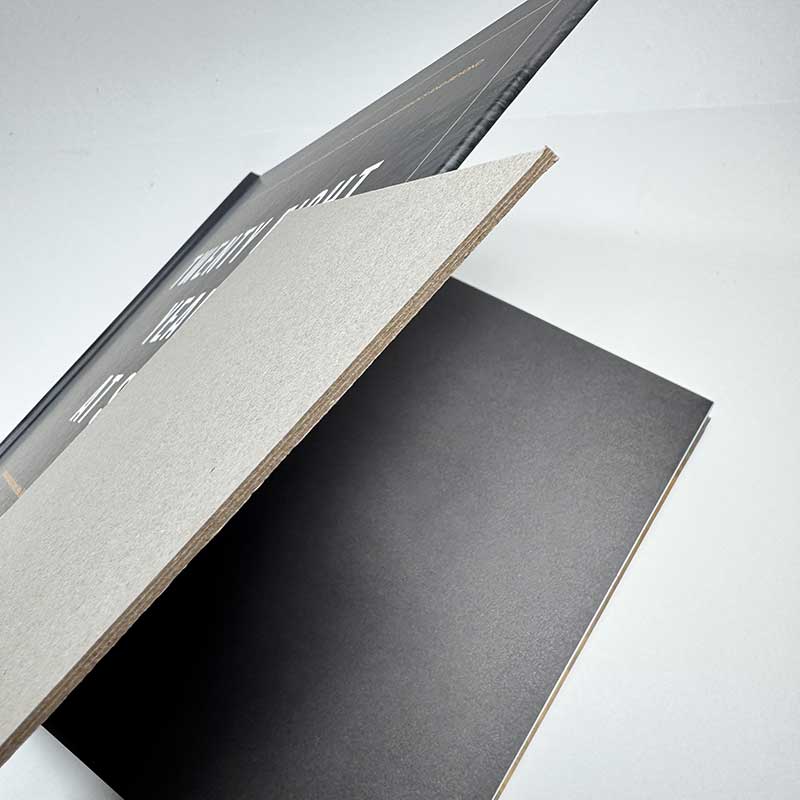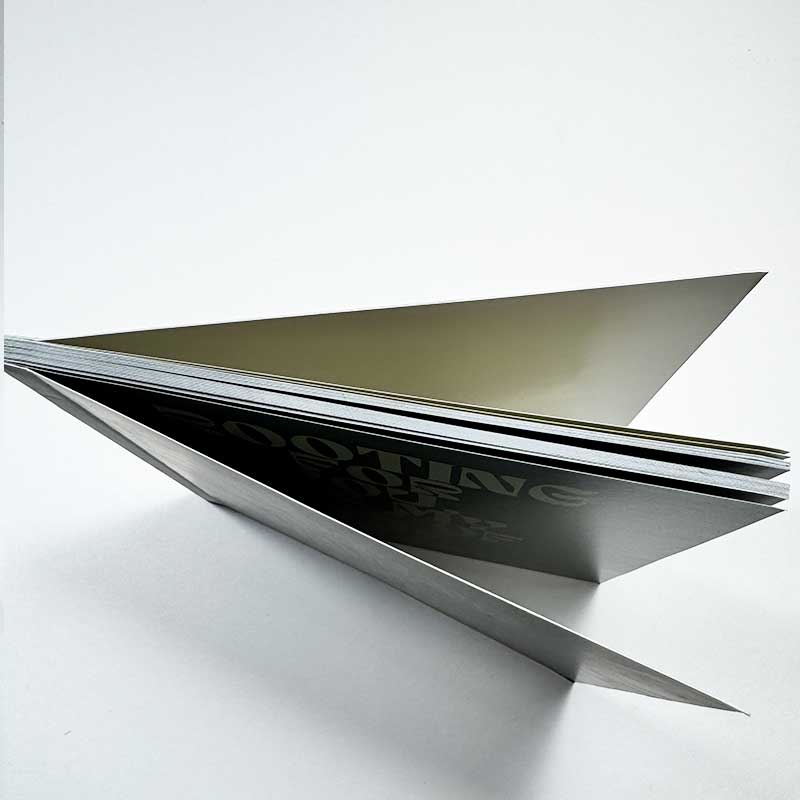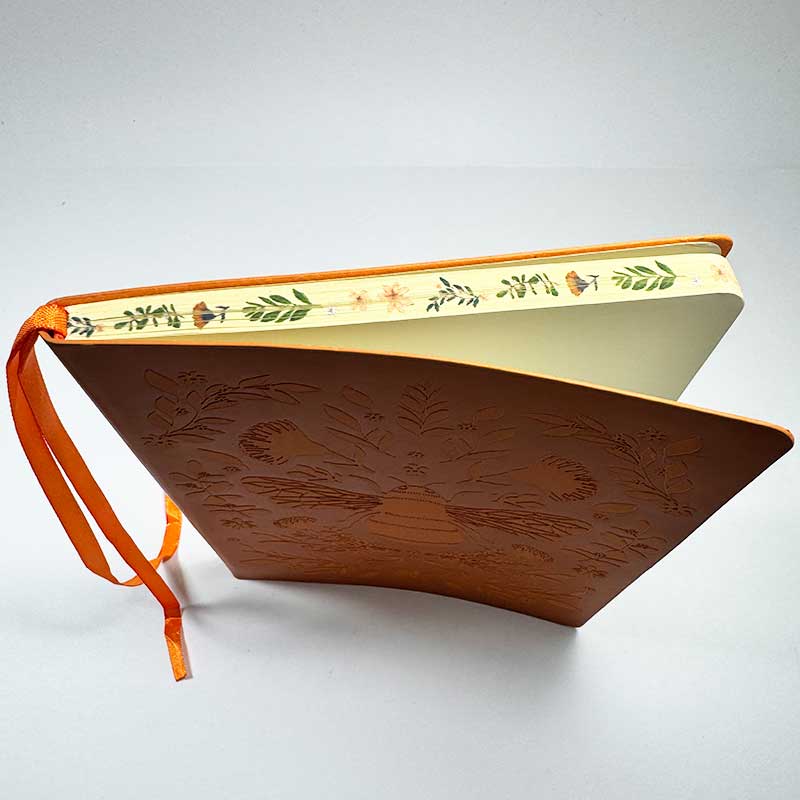Hardcover vs Paperback vs Flexibound:
Cost & Use Compared
What is a Hardcover Book?
A hardcover book is also called a hardback or hardbound book. It is a type of book with a rigid, durable cover made from thick cardboard or similar material, often wrapped in paper, cloth, or leather. This strong cover protects the pages inside, making it great for books that need to last a long time. Hardcover books are often used for special editions like art books, novels, or reference works, and they usually have extras like headbands and endsheets for more strength and style.
Pros and Cons
They offer better protection for pages, have a premium look and feel, and can sell for a higher price.
They cost more to make, take longer to produce, and involve more steps, which can be challenge for some book manufacturers.
Usage
Hardcover books are wildly used for many types of books. They’re common in children’s books, where thick boards boost durability. They’re also popular for coffee table art books, using thick boards to give a luxurious, high-end feel.
What is a Softcover Book?
A softcover book, also called a paperback, is a type of book with a flexible cover made from thick paper or lightweight cardstock. This cover is less sturdy than a hardcover but keeps the book light and easy to carry. Softcover books are popular for everyday reading and are cheaper to make, making them widely available. They’re often used for novels, magazines, and mass-market editions.
Pros and Cons
They are affordable to produce and buy, lightweight for easy handling, and quick to manufacture.
They offer less protection for pages, wear out faster, and don’t have the premium feel of hardcovers.
Usage
Paperbacks are widely used because of their affordability, making them a top choice for many book. You’ll often see them as the go-to format for coloring books, practice books, and travel novels.
What is a Flexibound Book?
A flexibound book is a hybrid between a hardcover and a softcover, featuring a flexible yet sturdy cover made from thick cardstock or lightweight board, often wrapped in paper or cloth. It pretty much has the same components as a hardcover with endsheets, headbands, except the cover is lighter and somewhat bendable. It offers more durability than a paperback while staying lighter and less rigid than a hardcover. Flexibound books are in between hardcover and softcover in terms of cost, weight, and quality. Depending on the book type, this binding is not as common in the market.
Pros and Cons
They are more durable than paperbacks, lightweight and flexible for easy use, and cost less than hardcovers while still feeling premium.
They don’t offer the full protection of hardcovers, can still wear over time, and may not fit book that needs a high end solid feeling.
Usage
Since flexibound isn’t as common in the market, this binding offers a unique feel that helps your book stand out from the crowd. It’s a great match for journals and sketchbooks, providing a quality look and portability thanks to its lighter weight, perfect for daily use or creative work on the go.
Price Comparison
The comparison is based on a standard 6x8 non-fiction book with 180 pages. Hardcover is based on a 3mm board, and paperback is based on 12 pt cardboard, which is standard in the market.| Quantity | Hardcover | Softcover | Flexibound |
|---|---|---|---|
| 250 | $7.08 | $4.63 | $6.25 |
| 500 | $4.62 | $2.91 | $3.85 |
| 750 | $3.98 | $2.56 | $3.20 |
| price calculator | price calculator |
